A Comprehensive Guide to Geospatial Data Types
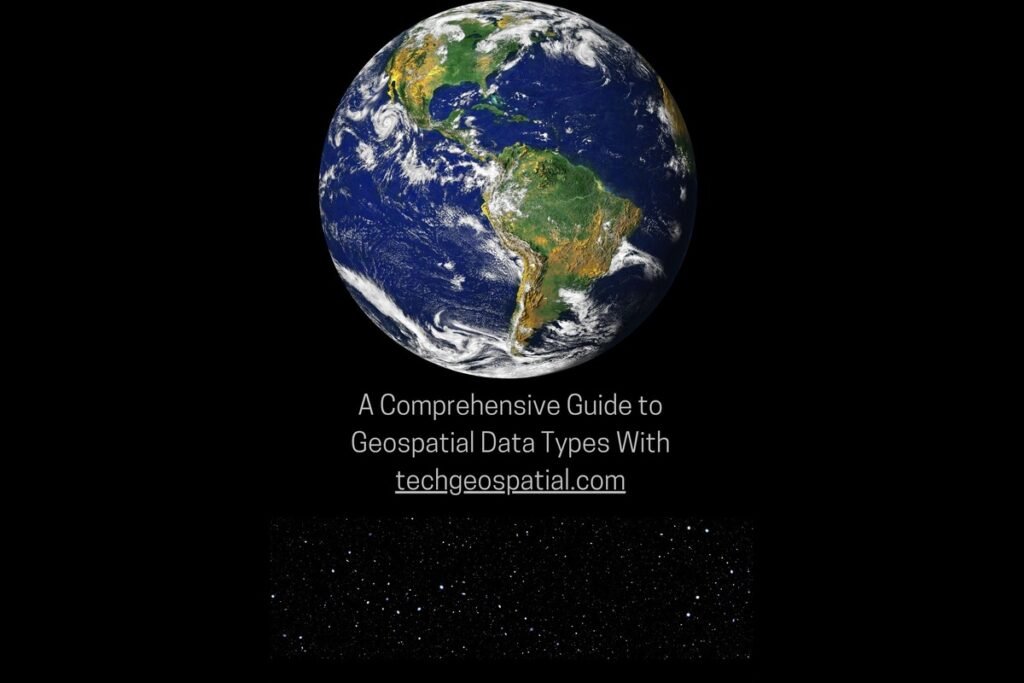
In today’s technologically advanced world, the utilization of geospatial data has become increasingly prevalent across various industries. Geospatial data, also known as spatial data, refers to information that identifies the geographic location and characteristics of natural or constructed features on the Earth’s surface. This data plays a crucial role in decision-making processes, urban planning, environmental monitoring, disaster management, and numerous other applications.
Understanding the various types of geospatial data is essential for effectively leveraging its potential. In this comprehensive guide, we will explore the different types of geospatial data, their characteristics, applications, and significance in diverse fields.
1.Vector Data
Vector data represents geographic features as points, lines, and polygons. These features are defined by their coordinates and attributes. Vector data is highly accurate and efficient for representing discrete objects and spatial relationships. Common formats for vector data include:
- Points: Represent individual geographic entities such as cities, landmarks, or sampling locations.
- Lines: Depict linear features like roads, rivers, and boundaries.
- Polygons: Define areas such as parcels, administrative boundaries, and land use zones.
Vector data is extensively used in geographic information systems (GIS) for spatial analysis, map production, and visualization tasks. It facilitates operations such as overlay analysis, network routing, and proximity analysis.
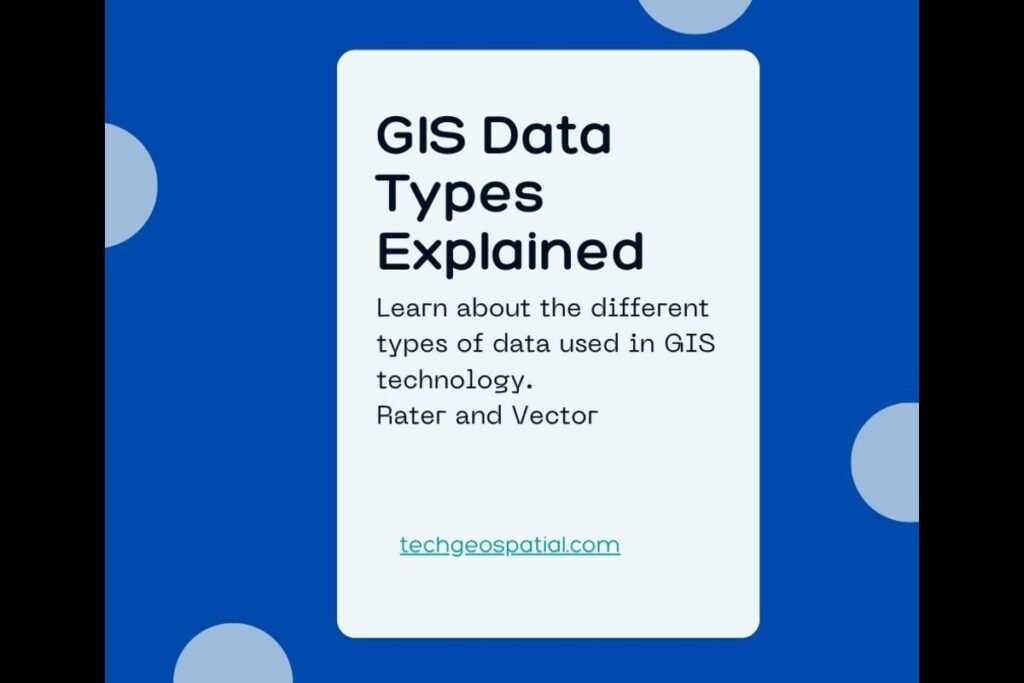
2.Raster Data
Raster data represents geographic features as a grid of cells or pixels. Each cell stores a single value, typically representing elevation, land cover, or imagery intensity. Raster data is suitable for continuous phenomena and provides a high level of detail over large spatial extents. Common examples of raster data include:
- Digital Elevation Models (DEMs): Represent terrain elevations, slope, and aspect.
- Satellite Imagery: Captures the Earth’s surface through remote sensing, enabling analysis of land cover, vegetation, and urban development.
- Land Cover Classification: Categorizes land into different types such as forests, agriculture, and urban areas.
Raster data is widely utilized in environmental modeling, terrain analysis, and remote sensing applications. It enables spatial interpolation, spatial statistics, and change detection analysis.
3. Lidar Data
Lidar (Light Detection and Ranging) data uses laser pulses to measure distances to the Earth’s surface. It provides highly accurate three-dimensional information about terrain, vegetation, and man-made structures. Lidar data is commonly used for:
- Digital Surface Models (DSMs): Representing the Earth’s surface, including vegetation and buildings.
- Digital Terrain Models (DTMs): Depicting the bare ground surface by removing vegetation and man-made structures.
- 3D Point Clouds: Capturing detailed information about the shape and structure of objects on the Earth’s surface.
Lidar data is valuable in various applications such as flood risk assessment, urban planning, forestry management, and infrastructure monitoring.
4. GPS Data:
GPS (Global Positioning System) data consists of location information obtained from GPS receivers, which calculate their position by triangulating signals from satellites. GPS data provides accurate coordinates (latitude, longitude, and altitude) and timestamps, allowing for precise location tracking and navigation. GPS data is used in various applications, including vehicle tracking, outdoor recreation, and precision agriculture.
5. Geospatial Web Services:
Geospatial web services facilitate the sharing and dissemination of geospatial data over the internet. These services include web mapping services (WMS), web feature services (WFS), and web coverage services (WCS), which allow users to access and interact with geospatial data through web-based applications. Geospatial web services enable collaboration, data integration, and interoperability across different platforms and applications.
6. Geospatial Imagery
Geospatial imagery comprises visual representations of the Earth’s surface obtained from satellite, aerial, or drone platforms. It provides valuable insights into land cover, land use, environmental changes, and natural disasters. Geospatial imagery includes:
- Optical Imagery: Captures visible light and is used for identifying land cover, vegetation health, and urban development.
- Infrared Imagery: Detects thermal radiation, enabling analysis of vegetation stress, water resources, and soil moisture.
- Radar Imagery: Utilizes microwave radiation to penetrate clouds and vegetation, allowing for all-weather monitoring of terrain and surface features.
Geospatial imagery is instrumental in agriculture, environmental monitoring, disaster response, and defense intelligence.
7. Geodatabases:
Geodatabases are specialized databases designed to store, manage, and analyze geospatial data. They provide advanced functionalities for spatial data storage, indexing, and querying, allowing users to efficiently organize and retrieve large volumes of geospatial information. Geodatabases support various data models, including vector, raster, and network, and are used in GIS applications, urban planning, and natural resource management.
8. Geospatial Metadata
Geospatial metadata provides essential information about the characteristics, quality, and lineage of geospatial data. It includes details such as coordinate reference systems, data accuracy, acquisition date, and data sources. Geospatial metadata enables users to understand the context and reliability of spatial datasets, facilitating data discovery, sharing, and integration.
Conclusion
Geospatial data encompasses a diverse array of types, each with unique characteristics and applications. Whether it’s vector data for precise representation of geographic features, raster data for detailed spatial analysis, lidar data for high-resolution terrain modeling, geospatial imagery for visual interpretation, or metadata for ensuring data quality and interoperability, the utilization of geospatial data continues to revolutionize industries and improve decision-making processes worldwide. As technology advances and new data sources emerge, the potential for harnessing geospatial data to address complex challenges and drive innovation is boundless.
By understanding the various types of geospatial data and their significance, stakeholders across industries can unlock new opportunities for spatial analysis, informed decision-making, and sustainable development.
In conclusion, the effective utilization of geospatial data holds the key to addressing global challenges, fostering economic growth, and creating a more resilient and sustainable future for generations to come.

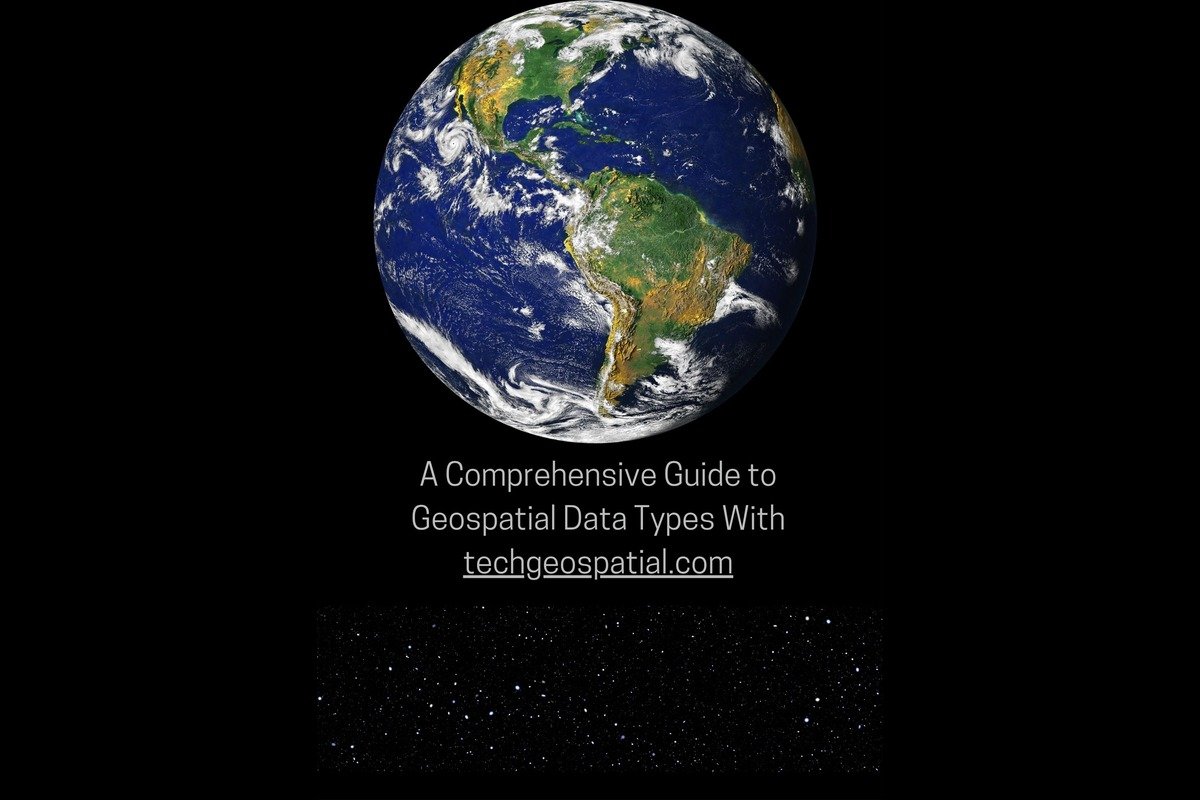
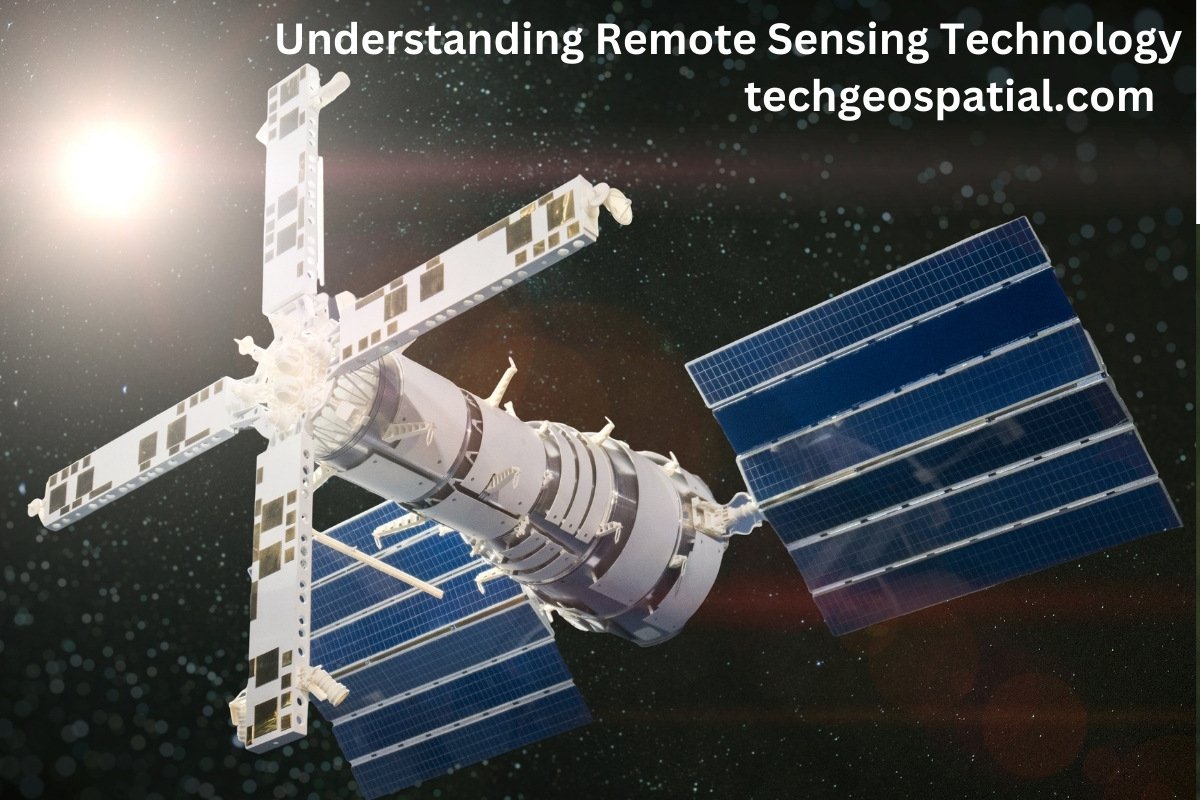
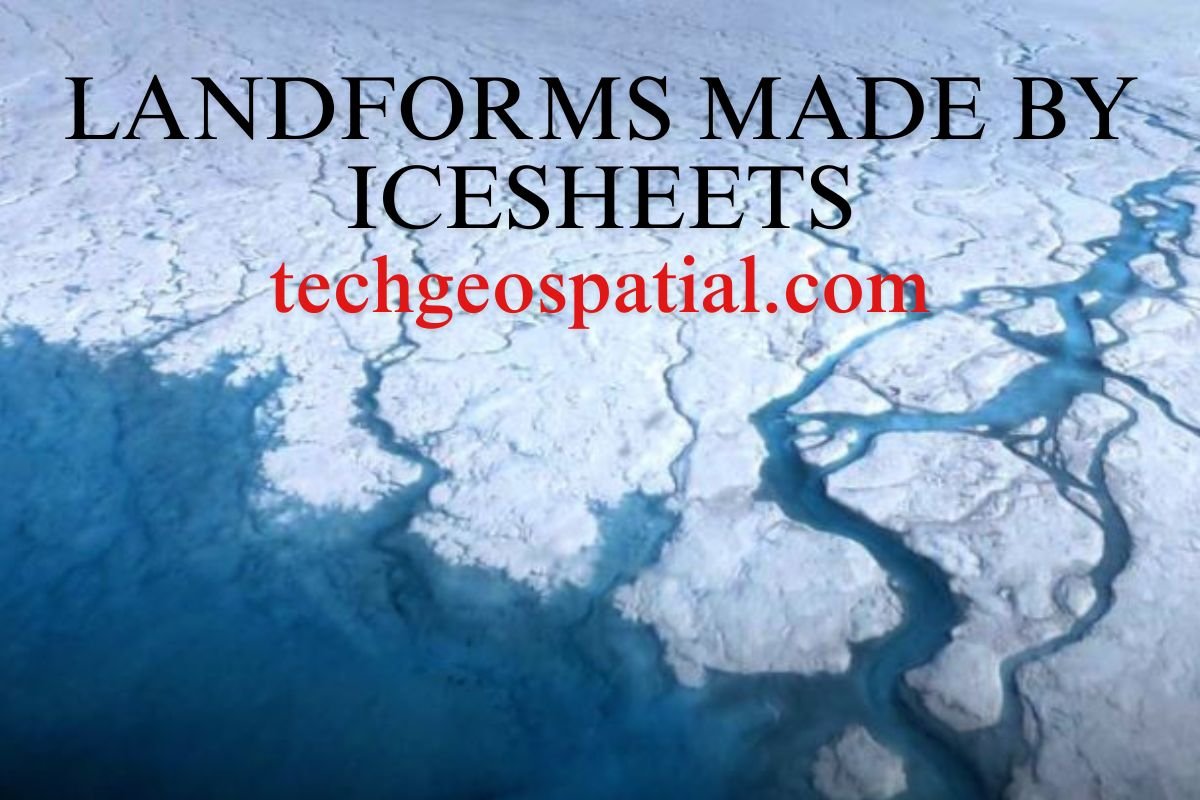


2 thoughts on “Geospatial Data Types”